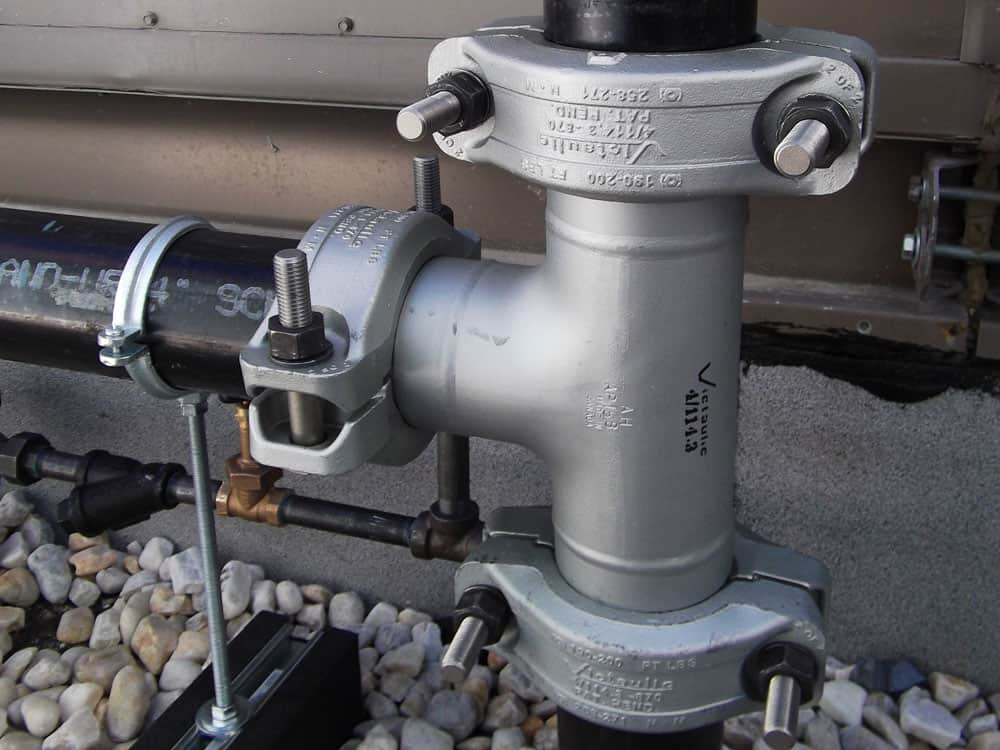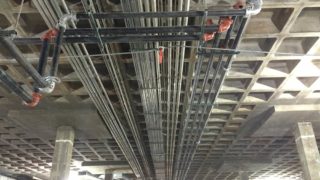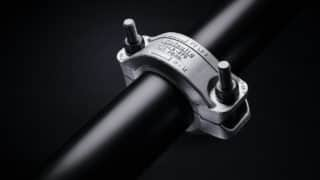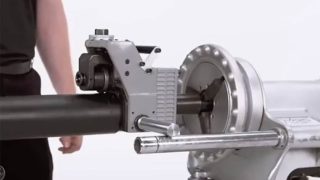Updated on May 14, 2018
Originally Posted on December 18, 2015
Victaulic invents the first grooved mechanical pipe joining solution for steam. What took them so long?
Anyone who’s worked in R&D knows that product innovations don’t happen overnight. Rather, the process of designing, prototyping, testing, refining and obtaining approvals generally takes many years for technical products. When we launched the Victaulic Style 870 Rigid Coupling for steam and condensate piping, we received comments and inquiries from mechanical engineers and contractors, including “Why now?” and “What took so long?”. So we collected the most common questions lobbed our way and sat down with Kurt Gobreski, Victaulic’s Vice President of Product Development – Building Services and Infrastructure, to give you an inside look at the Victaulic R&D process behind this industry first.
Why did Victaulic develop a grooved mechanical joint for steam?
Because our customers asked for a grooved solution, and we were up for the challenge.
There are three different markets where we were getting a lot of requests from our customers for a grooved mechanical solution for steam applications. The first was hospitals and universities with existing steam plants. These systems are old—some can be 100+ years old—and they need continuous maintenance. Most often the distribution piping is located in underground tunnels, so welding can be a challenge because you have confined space requirements, not to mention the logistics of getting the material and equipment into place.
The second sector needing a grooved solution was the industrial market. The food processing industry and the electronics industry both use steam as part of the manufacturing process. Welding generates a significant amount of dirt and dust, which then requires system sterilization, so these industries needed cleaner installation methods that reduce the impact on the manufacturing process.
The third market looking for a grooved mechanical joint was temporary boilers. When these boilers are brought to a facility for either planned or unplanned maintenance, they are connected to the existing distribution piping. The boilers are only there for a short time, but the temporary piping must be welded—until now, that is. In an emergency situation, that’s a lot of downtime for your manufacturing process or heating system. The Victaulic steam system can shorten that installation time to a matter of minutes or hours, instead of days.
Why did Victaulic wait until now to develop a grooved mechanical joint for steam?
Steam is not necessarily a growing market. New buildings aren’t likely to have a steam plant, but facilities and campuses currently using a steam system will continue to maintain it. There are two issues common to steam systems. First, the pipe is regularly replaced due to erosion on the steam side and corrosion on the condensate side. The second is a high occurrence of leaks— costly leaks. Victaulic grooved couplings permit pipe replacement and leak repair within the fastest amount of time and at the lowest cost.
Another factor that made the timing right for the Victaulic steam system is the current workforce shortage of welders. The labor pool of welders is shrinking, and for steam, it’s a smaller pool because welders have to be certified to work on steam systems. Struggling to find the labor required to do the work, our customers have been coming to us asking for a solution.
Why did it take so long to develop a grooved mechanical joint for steam applications?
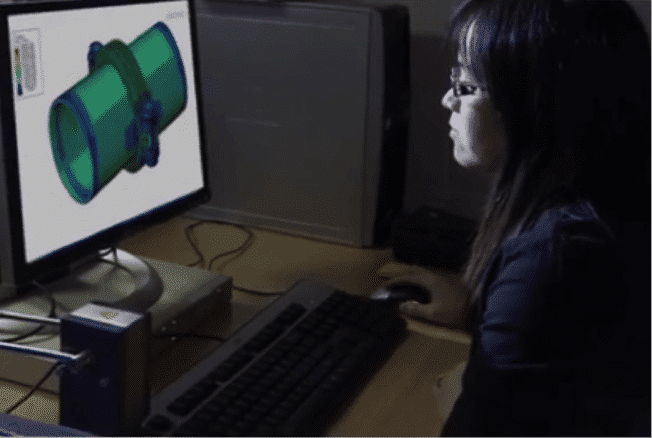
There were a handful of hurdles to overcome in the R&D process. First was the gasket material itself. Victaulic’s proprietary EPDM gasket is rated to 250°F (120°C), which is more than enough to handle the temperatures required for hot water systems—and higher than most manufacturers’ EPDM gaskets—but not quite high enough for steam, so we had to investigate new materials. We identified and settled on a Victaulic-engineered polytetrafluoroethylene (PTFE) composite.
However, that brought in a host of other challenges, including the fact that PTFE is a very rigid material. The seal has to respond to dimensional changes in the piping due to thermal expansion and contraction, so we put a metallic spring inside to get the elasticity we needed that PTFE doesn’t typically provide.
Another challenge was the assembly process. A steamfitter needs interference between the gasket and the pipe for the joint to seal, but if you start with that interference, it’s tough to assemble. With that in mind, our Victaulic engineers developed an installation process with the metallic housing that helps compress the seal and create the interference after the seal is installed.
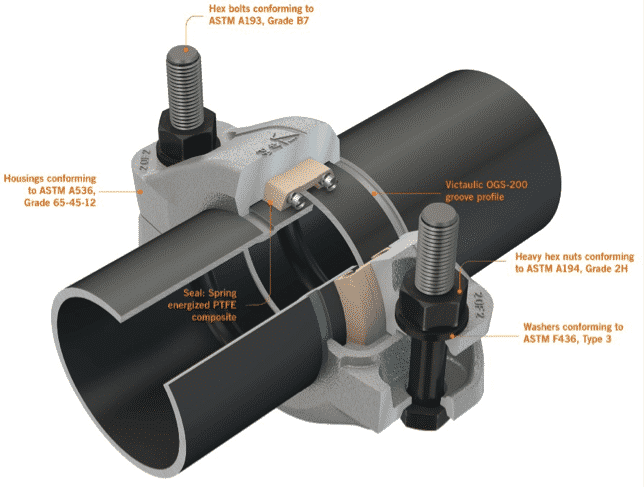
With all of those factors at play, you can imagine how many different iterations of the steam coupling there were. And for each of those iterations, we had to design, prototype and test within the full range of variability that could be present. The development and the changes we went through centered on accommodating the variables, in all combinations from one end of the spectrum to the other.
In the five years, working on this product, we’d gone through a number of materials, designs, and concepts. Safety was always number one in our minds, followed by constructability or “installability.” We had to make sure we had a product that was safe and easy to install, and that would perform well through the entire range of applications. It took five years, but we are confident those were years well spent.
What’s next? Are there other Victaulic grooved components for steam applications in development?
Grooved mechanical couplings and fittings for steam systems launched first, followed by a grooved gate valve, expansion loop and most recently a hand-groover, and we plan to continue expanding our steam product portfolio.
As market needs are uncovered, and our customers continue to approach us with challenges, Victaulic will work tirelessly to develop solutions.
For more on this product line, visit www.victaulicsteam.com.
To read up on a notable case study, click here.
